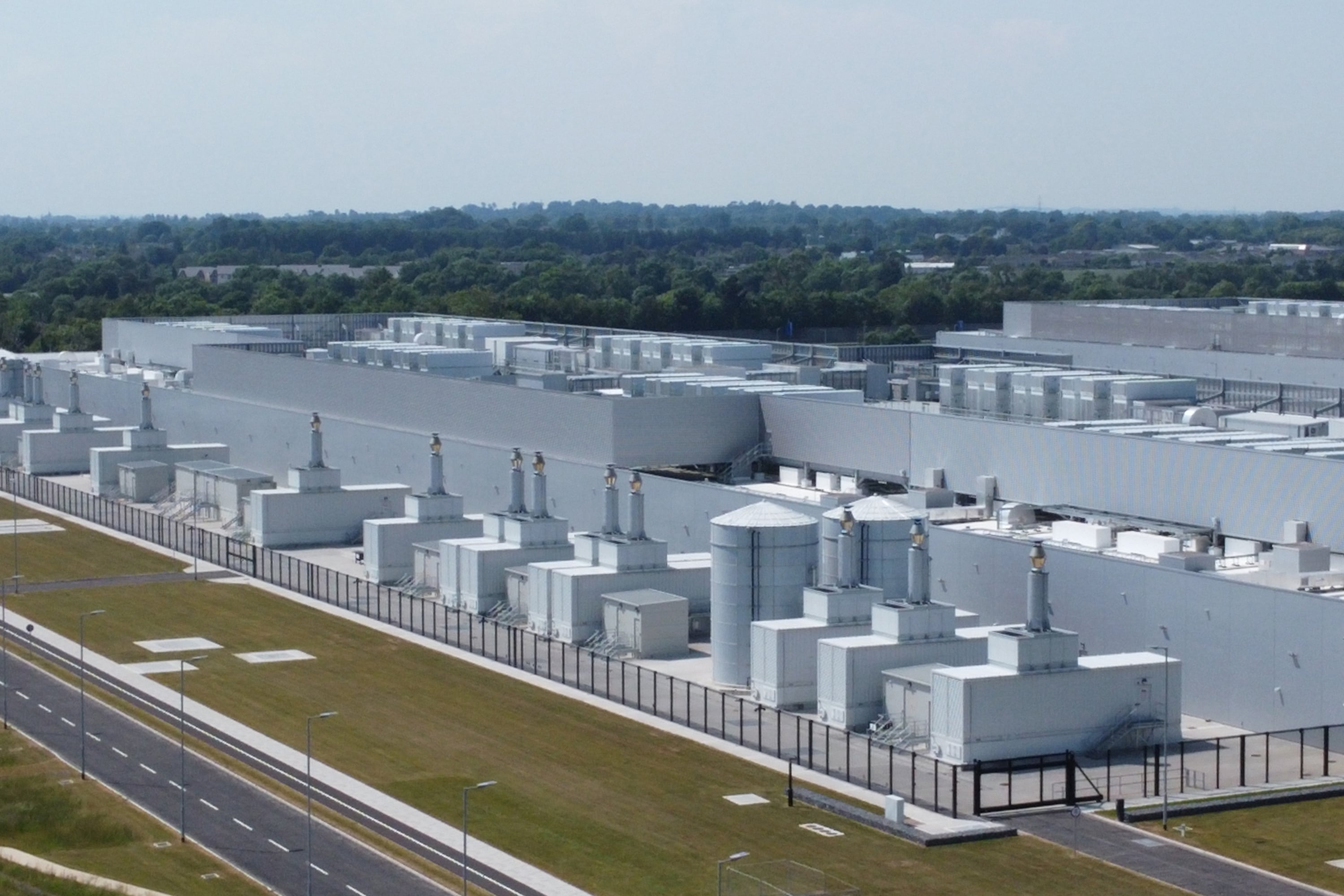The failure to cut carbon emissions year-on-year has big consequences for Ireland’s economy because it means stricter limits have to be applied to critical sectors if targets are to be met within a very tight timeline up to 2030.
This is a direct consequence of national climate commitments, including sectoral ceilings reinforced by carbon budgets, which are limits agreed by the Oireachtas around how much carbon can be expended in, for instance, industry requiring intense heat or with farming/land use. Ultimately, it’s part of a collective effort to stop global temperatures from rising.
This is separate to massive likely costs of ensuring Ireland becomes compliant at EU level, by buying carbon credits from EU member states decarbonising at pace, which many are doing.
Ireland is the second worst emitter of carbon in EU on a per capita basis after Luxembourg, and ranks 20th out of 27 in progress towards national reduction targets, according to the European Environment Agency.
READ MORE
There are likely to be fines for failing to meet EU “effort sharing” obligations; part of attempts to reduce EU emissions as a whole. All told, these will probably amount to billions of euro that could be spent elsewhere, such as on housing and transforming the economy towards clean energy use with the prospect of ending price volatility for consumers.
The latest Environmental Protection Agency (EPA) projections on greenhouse gases (GHGs), if anything, represent a worsening of performance when compared with last year. Too many sectors are static or barely reducing their emissions, at a time when they must be halved by 2030 in comparison to 2018 levels.
There was a requirement for a 4.8 per cent annual reduction from 2021-2025, yet 47 per cent of Ireland’s 2021-2025 carbon budget was used in the first two years. This meant “an extremely challenging annual reduction of 12.4 per cent” was required for the remaining years up to 2030 if Ireland was to stay within budget. Figures for last year are likely to show a modest reduction of 4-5 per cent.

The critical areas highlighted by the EPA are:
Agriculture
[ Climate change: ‘How can we feed the world while not damaging it?’Opens in new window ]
Total emissions are projected to decrease by between 1 and 18 per cent from 2022 to 2030 – rather than 25 per cent. Savings will come from limits on nitrogen fertiliser; switching to different fertilisers and low-carbon feed additives. A “higher-ambition scenario” assumes most measures in Government’s 2024 climate plan, and strategies known as AgClimatise and Teagasc’s MACC pathway, are fully deployed, though that still leaves a sizeable gap. A diversification strategy likely to lead to reduced livestock numbers has been parked.
Transport
[ Dublin Airport generates the same carbon emissions as 1.4 million cars every yearOpens in new window ]
Emissions are projected to fall by 26 per cent up to 2030 if measures set out in plans and policies are implemented, far short of what is required. Measures included more than 940,000 electric vehicles by 2030, increased biofuel blend rates and measures to support more sustainable transport. Road freight is set to be the biggest source of road transport emissions by the decade’s end. The EPA did not include the impact of “avoid/shift” measures to reduce private car use because of a lack of supporting policy.
[ Commitment to more electric car chargers will still take timeOpens in new window ]
Energy
Driven by a reduction in fossil fuel usage and increased net importation of electricity from interconnectors, there was a marked drop (almost 24 per cent) in emissions from power generation between 2022 and 2023.
In combination with planned increases in wind and solar, energy sector emissions are projected to fall by 62 per cent and achieve more than 80 per cent renewable electricity generation by 2030. This is the best performing sector among problem areas – with a good prospect of achieving targets if additional measures are implemented.
Land use
Emissions are projected to rise by between 23 per cent to 99 per cent from last year to 2030 as forestry reaches harvesting age and changes from a carbon sink to a carbon source. Planned policies and measures, such as increased afforestation, water table management and peatland rehabilitation, are expected to lessen this increase but cannot be factored in yet.
The EPA applies two scenarios in modelling GHG trends. Firstly, “with existing measures”, which are funded/resourced by Government with clear pathways to implementation and, secondly, “with additional measures”, which are committed to but without allocated funds and/or legislative backing. The latter is, in effect, the best-case scenario. Yet, even where that is applied, very large emission gaps still exist in almost all cases.
- Listen to our Inside Politics Podcast for the latest analysis and chat
- Sign up for push alerts and have the best news, analysis and comment delivered directly to your phone
- Find The Irish Times on WhatsApp and stay up to date














